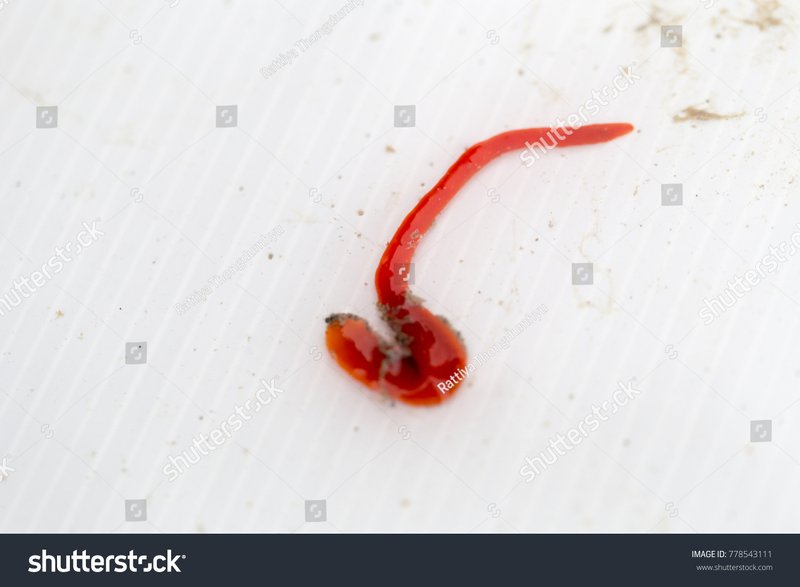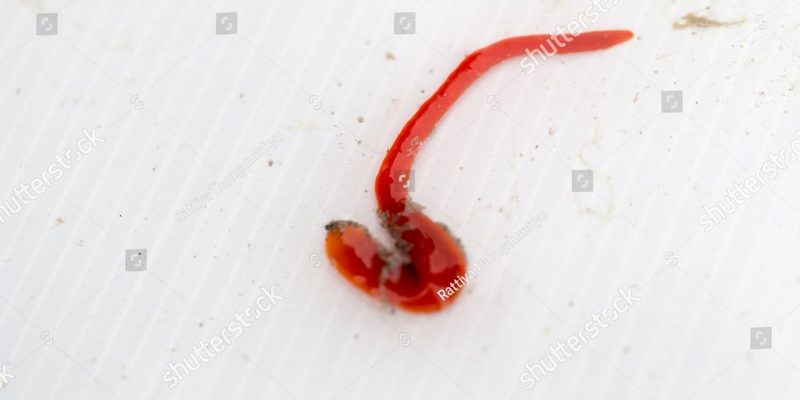
In this article, we’ll take a deep dive into what makes bootlace worms so special. You might be wondering why something as seemingly simple as a worm matters in cold-water marine ecosystems. Well, just like a supporting actor in a movie, they have important roles that contribute to the overall narrative of ocean health. Let’s explore their habitats, behaviors, and why they’re worth knowing about.
What Are Bootlace Worms?
Bootlace worms belong to the *Lineus* genus and are known for their incredible length—some can stretch up to 30 meters! That’s about as long as a blue whale, but these creatures are much slimmer. They’re typically found in the frigid waters of the North Atlantic and the Southern Ocean. You might think of them as the ninjas of the sea; they often hide in the sediment or under rocks, making them a bit tricky to spot.
These worms can display a dazzling array of colors, from bright yellows to vibrant greens. This isn’t just for show; their coloration can serve as a warning to predators about their potential toxicity. In the grand design of marine life, bootlace worms remind us that even the smallest creatures can have a big impact.
The Role of Bootlace Worms in Marine Ecosystems
Bootlace worms are significant players in their ecosystems. They serve as both prey and predator within the food web. Other sea animals, such as fish and crustaceans, may feast on them when food is scarce. On the flip side, bootlace worms help control the populations of their food sources, like smaller invertebrates. It’s a balancing act of nature that highlights the interconnectedness of marine life.
In colder waters, where food might be less abundant, bootlace worms help recycle nutrients. As they burrow through the sediment, they break down organic material, enriching the sea floor. This process directly influences the health of the ecosystem, promoting a vibrant habitat for various marine species.
Unique Features of Bootlace Worms
Visually, bootlace worms are captivating. Their elongated bodies allow them to blend seamlessly into their surroundings. But it’s not just their size that’s remarkable; they also possess a fascinating defense mechanism. When threatened, bootlace worms can produce mucus that can irritate and deter predators. This slime also aids in locomotion, allowing them to glide smoothly through the water or sediment.
Furthermore, these worms have remarkable regenerative abilities. If a bootlace worm loses a part of its body due to a predator’s bite, it can regenerate that section over time. This is a vital survival trait, and it leads some scientists to study them for insights into regeneration and healing in other species, including humans.
Habitat and Distribution
Bootlace worms thrive in cold-water habitats, primarily found in the North Atlantic and Southern oceans. They prefer environments like rocky substrata or soft sediments, where they can easily hide and feed. The cool, rich waters provide ample nutrients, which is why bootlace worms have made these regions their home.
One interesting relationship is how bootlace worms interact with their environment. In colder waters, their presence contributes to maintaining the health of the seabed. They help prevent sediment build-up and keep the ecosystem thriving by breaking down organic materials. Just think of them as nature’s little caretakers!
Threats to Bootlace Worms
Despite their resilient nature, bootlace worms face several threats. Climate change, pollution, and habitat destruction can impact their populations and the ecosystems they help sustain. Rising ocean temperatures and acidification can alter their habitats and food sources, making survival more challenging.
Additionally, overfishing and destructive fishing practices can disrupt the delicate balance of marine life, affecting not only bootlace worms but also countless other species. Protecting their ecosystems means safeguarding these fascinating creatures and the intricate web of life they support.
Why Bootlace Worms Matter
Understanding bootlace worms may seem niche, but they represent the health and diversity of cold-water marine ecosystems. By studying these worms, scientists gain insight into broader ecological patterns and how marine environments respond to changes.
For anyone curious about ocean life, bootlace worms are a reminder that every species has a role to play. They might not appear on the front lines of conservation efforts, but their existence can signal the overall health of marine ecosystems.
Bootlace worms are more than just fascinating creatures with their long, colorful bodies. They contribute significantly to cold-water marine ecosystems by recycling nutrients, serving as prey, and exhibiting remarkable adaptations. They highlight the interconnectedness of life beneath the waves and the importance of every species in maintaining ecological balance.
As we continue to explore and learn about these amazing worms, we can appreciate their role in the grand narrative of ocean health. Next time you think about marine life, remember that even the smallest, most unassuming creatures can tell us a lot about the world around us. So, whether you’re an ocean enthusiast or just dipping your toes into marine biology, bootlace worms invite you to discover the wonders of underwater life.

